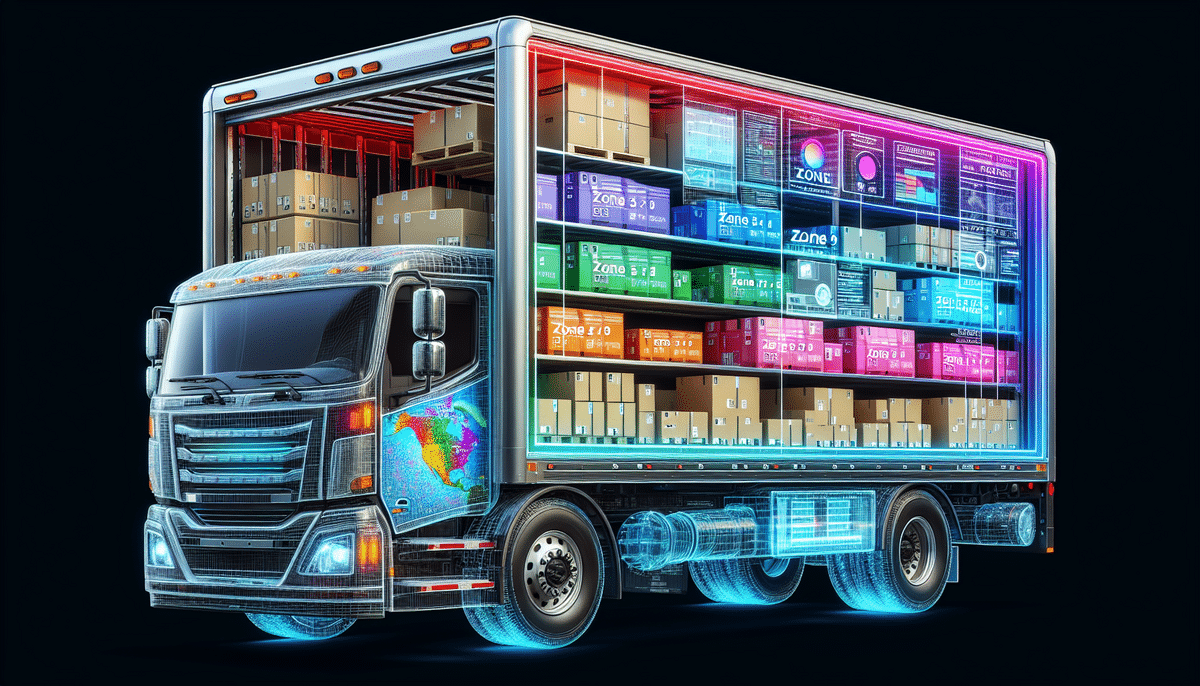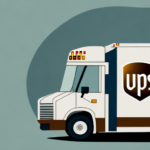Preparing for the FedEx Rate Increase in 2023
As we navigate through 2023, FedEx customers are anticipating another rate increase. This adjustment is poised to significantly impact businesses that depend on shipping and logistics to deliver products to their customers. Understanding the underlying factors, potential effects on your business, and strategies to mitigate these changes is crucial. In this article, we provide an in-depth analysis of the FedEx rate increase in 2023 and offer valuable insights to help businesses effectively prepare.
Understanding the FedEx Rate Increase
Reasons Behind the Rate Increase
FedEx, like all businesses, aims to maintain profitability, which often necessitates periodic rate adjustments. The primary factors contributing to the 2023 rate increase include:
- Rising Operational Costs: Increased expenses related to labor, fuel, and maintaining an extensive logistics network.
- Technological Investments: Upgrading tracking systems, delivery vehicles, and enhancing network efficiency to meet industry demands.
- Market Competition: Adjusting rates in response to competitors to sustain market share.
- Increased Demand: The surge in online shopping has heightened the demand for package delivery services, escalating operational costs.
These factors collectively necessitate rate adjustments to ensure the sustainability and efficiency of FedEx’s services.
Factors Affecting Shipping Rates
Shipping rates are influenced by several variables, including:
- Package Specifications: Size, weight, and type of goods being shipped.
- Delivery Speed: Expedited shipping options typically incur higher costs.
- Fuel Prices: Fluctuations in fuel costs directly impact shipping expenses.
- Labor Costs: Wages and benefits for employees involved in the logistics process.
- Supply and Demand: High demand can drive up rates, especially during peak seasons.
Understanding these factors allows businesses to make informed decisions regarding their shipping and logistics strategies.
The Impact on Small Businesses
Financial Strain
Small businesses, operating with limited margins, will feel the pressure of increased shipping costs. The rise in FedEx rates can:
- Reduce profit margins.
- Force businesses to adjust pricing models.
- Potentially lead to increased product costs for consumers.
Competitive Challenges
With higher shipping expenses, small businesses may struggle to remain competitive against larger companies that can absorb these costs more effectively. This could result in:
- Reduced ability to offer free or discounted shipping.
- Challenges in maintaining customer loyalty.
- Potential scaling back of operations.
Strategies to Mitigate the Impact
Exploring Alternative Shipping Options
Consider diversifying your shipping carriers to find more cost-effective solutions. Alternatives to FedEx include:
Each carrier offers different rates, services, and coverage areas, allowing businesses to select options that best fit their needs and budgets.
Negotiating with FedEx for Better Rates
Leveraging your shipping volume and building a strong relationship with your FedEx account representative can open avenues for better rates. Tips include:
- Providing accurate shipping volume projections.
- Staying informed about FedEx promotions and rate changes.
- Regularly reviewing and renegotiating contracts as your business grows.
Optimizing Logistics Processes
Enhancing your internal logistics can lead to significant cost savings. Strategies include:
- Implementing warehouse management systems.
- Automating routine tasks to reduce labor costs.
- Improving inventory management to avoid overstocking or stockouts.
Adjusting Pricing Strategies
To offset increased shipping costs, businesses can consider:
- Incorporating shipping fees into product prices.
- Offering free shipping for orders above a certain value to encourage larger purchases.
- Implementing tiered shipping options based on customer preferences.
Leveraging Technology to Reduce Costs
Automated Shipping Software
Utilizing advanced shipping software can streamline operations and reduce errors. Tools like shipping software help in:
- Automating label creation and tracking.
- Integrating with e-commerce platforms for seamless order processing.
- Analyzing shipping data to identify cost-saving opportunities.
Data Analytics
Implementing data analytics allows businesses to:
- Monitor shipping performance and identify inefficiencies.
- Forecast shipping needs and adjust strategies proactively.
- Enhance decision-making with real-time insights.
Managing Regulatory Compliance
Staying Updated with Regulations
The logistics industry is subject to numerous regulations that can impact shipping practices. Businesses must:
- Stay informed about changes in local, national, and international shipping laws.
- Ensure compliance with import/export regulations to avoid fines and delays.
- Work with reputable customs brokers to navigate complex regulatory landscapes.
International Shipping Considerations
For businesses engaged in international shipping, key considerations include:
- Understanding country-specific import taxes and duties.
- Ensuring proper documentation for seamless customs clearance.
- Leveraging technology to track international shipments effectively.
Case Studies and Best Practices
Successful Adaptations
Examining how other businesses have managed FedEx rate increases can provide actionable insights. Examples include:
- A retailer negotiating bulk shipping discounts with FedEx to lower overall costs.
- A small business switching to a hybrid shipping model, utilizing multiple carriers for different regions to optimize rates and delivery times.
- An e-commerce company investing in automated shipping software to reduce labor costs and improve order accuracy.
Implementing Best Practices
Adopting industry best practices can enhance shipping efficiency and cost-effectiveness. These practices involve:
- Regularly reviewing and optimizing shipping processes.
- Training staff on efficient packing and handling techniques to minimize shipping costs.
- Maintaining strong relationships with multiple carriers to ensure flexibility and competitive rates.
Preparing for Future Rate Increases
Forecasting and Proactive Planning
Rate increases are an ongoing aspect of the logistics industry. To stay ahead, businesses should:
- Monitor industry trends and FedEx rate announcements regularly.
- Develop contingency plans to address potential rate hikes.
- Invest in scalable logistics solutions that can adapt to changing costs.
Sustainability and Cost Management
Incorporating sustainable practices can lead to long-term cost savings and appeal to environmentally conscious consumers. Strategies include:
- Using eco-friendly packaging materials.
- Consolidating shipments to reduce the number of deliveries.
- Partnering with carriers that prioritize sustainability initiatives.
In conclusion, the FedEx rate increase in 2023 presents challenges that businesses must address proactively. By understanding the factors driving these changes, exploring alternative shipping options, optimizing logistics processes, leveraging technology, and staying informed about regulatory requirements, businesses can effectively mitigate the impact and maintain their competitive edge in the market.




















